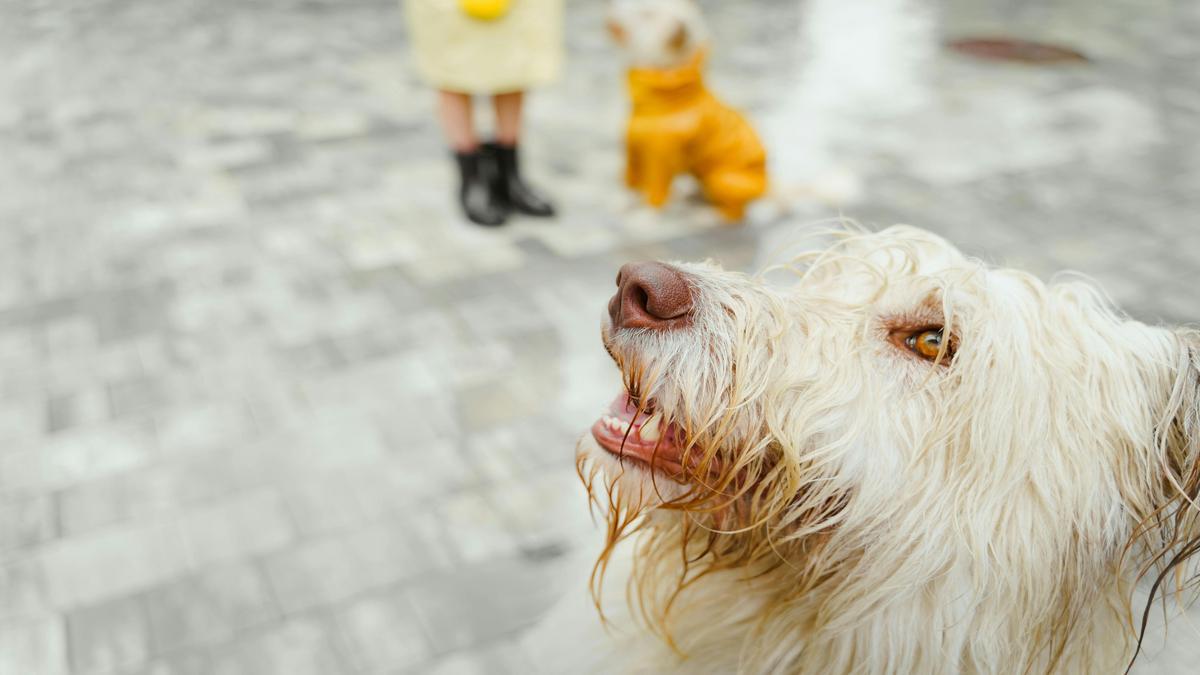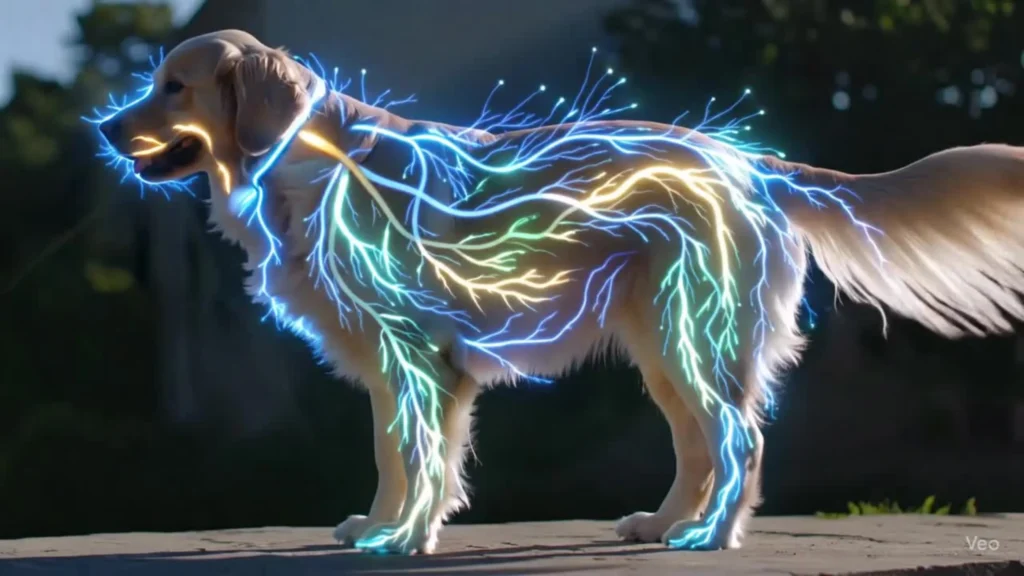Pet Breed History, Little-Known Facts
Pet Breed History, Little-Known Facts sparks curiosity about where your pet came from. Learn surprising origins, behavior clues, and small facts that change care. Discover why rare breeds need protection, how ancient DNA and travel tales shaped companions, and quick tips to pick and train with more heart. Share your pet story and dig deeper.
Key takeaway
- Many breeds trace to old working roots.
- A pet’s coat and body reveal its historic job (herding, hunting, guarding).
- Some cat breeds came from islands or ports and remain rare.
- Breed names often reflect place or trade — not always function.
- Breed traits can hide health risks; early screening helps.

Summary
Pet Breed History, Little-Known Facts: 5 reasons to pay attention
Have you ever watched a dog tilt its head and wondered where that look came from? Or seen a cat suddenly hunt a laser dot and thought, Huh — that’s odd for my indoor cat? The story behind a pet’s breed — its pet breed history — explains behavior, likely health issues, and how best to care for them. This matters for every owner, not just pedigree enthusiasts.
Below are five practical reasons the details in Pet Breed History, Little-Known Facts help you in daily life.
Reason 1 — Rare dog breed origins teach us about people and places
Learning a rare dog breed’s origins is a peek into human history. Dogs were bred to solve human problems: herd sheep, hunt in brush, guard boats. Those tasks reflect climate, landscape, and culture.
- Basenji: evolved in central Africa; silence helped hunters — hence the yodel.
- Norwegian Lundehund: bred to climb cliffs for puffin hunting — extreme agility explains its body and needs.
Knowing origin stories helps predict behaviors (herding dogs may try to herd kids) and avoid mismatches (a high-energy working dog on a tiny balcony). If you live in a small space, consider reading this guide to the best dog breeds for apartment living to match breed needs to your home.
Resources: American Kennel Club — www.akc.org
Reason 2 — Little-known cat breed facts change care
Cats seem mysterious, but breed history explains preferences:
- Sphynx: selective breeding favored heat-seeking sociability — needs warmth, skin care, lots of contact.
- Norwegian Forest Cat: dense coat and strong climbing skills — thrives with vertical space and vigorous play.
- Abyssinian: descended from active hunters — high energy and curiosity.
Small care changes (more play, warmer beds, grooming routines) based on history make huge differences.
Resources: The International Cat Association — www.tica.org; Cat Fanciers’ Association — www.cfa.org
Reason 3 — Obscure breed history helps protect rare types
Diving into obscure breed history reveals breeds at risk of extinction. Many declined because their jobs disappeared. Preserving them maintains genetic diversity and cultural value.
- Example: Otterhound — decline after otter hunting waned; now conservation breeders work to keep lines healthy.
Supporting conservation groups, adopting from specialty rescues, or spreading awareness helps protect these living histories.
Reason 4 — Surprising ancestry explains behavior and health
Breed ancestry often reveals why a pet behaves a certain way or has specific health risks.
- Toy breeds may descend from working dogs — their boldness or prey drive can trace to ancestor roles.
- Brachycephalic breeds (flat faces) have breathing and anesthesia risks.
- Large-breed ancestry increases joint issue risk; sighthound DNA may affect anesthesia sensitivity.
DNA tests (Embark, Wisdom Panel) can reveal ancestry and guide early screenings, weight management, and preventive care. For behavior clues, check articles about why your dog follows you and why your dog stares to connect instincts to lineage. If you spot odd vocalizations or night waking, resources like why a dog might cry without pain and waking-at-night guidance can help triage behavior vs. medical causes.
Resources: Embark — www.embarkvet.com; Wisdom Panel — www.wisdompanel.com
Reason 5 — Forgotten origins make better pet choices
Not every animal suits every home. Pet Breed History, Little-Known Facts helps prevent mismatch heartbreak:
- A hound in an apartment may howl at night.
- A highly social, vocal cat bred for companionship may not suit a person wanting a low-maintenance pet.
Do simple homework: read a breed’s original purpose, watch behavior videos, talk to owners and rescue volunteers, and meet multiple individuals before deciding.
Checklist:
- What was the breed originally bred to do?
- What environment did it evolve in?
- Common breed health issues?
- How much exercise and mental stimulation does it need?
- How tolerant is it of being alone? (See guidance on leaving a dog alone)
Ancient dog breed stories: what archaeology and DNA show
Archaeology and genetics reveal dogs followed humans across continents for thousands of years. Dog burials, grave goods, and ancient DNA show multiple wolf populations contributed to dog ancestry. That explains regional adaptations:
- Arctic breeds (Siberian Husky, Greenland Dog) carry cold-adaptation genes tied to human migration and selection.
- Breeds adapted to cold may struggle in hot climates and need special care.
Debates about feral vs. distinct species, such as the dingo debate, illustrate how movement and isolation shaped canine lineages. Reading these genetic footprints helps owners and breeders understand adaptations and health trade-offs.
Suggested reading: recent Nature and Science papers on canine genomics.
Unknown cat breed origins: trade, travel, and mixes
Cats spread largely via ships and trade routes. The domestic cat likely originated from the Near Eastern wildcat ~9,000 years ago and hitched rides to new ports where grain and pests awaited.
- Turkish Van: affinity for water — roots in eastern Turkey lake regions.
- Egyptian Mau: spotted coat echoes ancient Egyptian depictions.
- Many modern breeds (Bengal) are deliberate crosses between domestic cats and wild relatives.
These travel stories explain cats’ adaptability and why modern breeds can carry a mix of regional genes.
Hidden facts about pet breeds every owner should know
Practical, little-known facts to tailor everyday care:
- Lifespan vs. disease: some breeds live longer but have chronic conditions; others shorter with fewer degenerative issues.
- Coat type affects sun/skin care — hairless and short-coated pets may need protection.
- Working breeds need mental jobs as much as exercise.
- Deep-chested breeds (Dobermans, Greyhounds) have higher bloat risk — slow feeding helps.
- Brachycephalic breeds struggle in heat and with anesthesia.
- Small breeds often have dental crowding — early dental care prevents problems.
- Ear shape matters: drop-eared dogs trap moisture; check ears regularly.
- Mixed breeds can inherit unexpected traits — DNA testing helps plan screenings.
For sleep-related concerns, see resources on understanding your dog’s sleep behavior and how positions reveal comfort. For wider lifestyle benefits, read about how dogs improve your life.
Resources:
- American Veterinary Medical Association — www.avma.org
- Cornell Feline Health Center — www.vet.cornell.edu/fhc
- Canine Health Information Center (CHIC) — www.offa.org
Historic pedigree of breeds: why records and registries matter
Pedigrees and registries track ancestry and help reduce inherited disease by informing breeders and owners. Reputable registries increasingly require health testing and transparency, aiding research and rescue decisions.
If choosing a breeder, request registry documents and health clearances. If rescuing, any registered history is helpful.
Useful registries: AKC (www.akc.org); The Kennel Club (www.thekennelclub.org.uk); TICA (www.tica.org)
Rare dog breed origins you might never have heard of
Brief snapshots — their form and function reflect local needs:
- Azawakh: West African sighthound for speed and endurance.
- Catahoula Leopard Dog: Louisiana hog hunting and swamp work.
- Karelian Bear Dog: Finnish bear hunting — fearless and independent.
- Mudi: Hungarian herding dog — agile and alert.
- Lagotto Romagnolo: Italian truffle hunter with a curly, non-shedding coat.
Ask owners about their breed’s history — the best stories often come from them.
Little-known cat facts that make great small talk
- Turkish Van: enjoys water — the swimming cat.
- Maine Coon: large, evolved in cold barns to catch rodents.
- Singapura: tiny; its origins are more mixed than once thought.
- Norwegian Forest Cat: likely appeared in Norse farm life and legends.
- Scottish Fold: folded ears from a cartilage mutation — linked to joint concerns.
These facts are fun and open conversations about grooming, activity, and health.
Uncommon companion breed trivia for curious pet lovers
- Several breeds nearly vanished during wars and recoveries (Italian Spinone, Nordic types).
- Some breeds carry ancient markers for parasite or disease resistance.
- Designer crosses (Labradoodles) began as practical solutions, not just looks.
- Tibetan Mastiffs guarded monasteries and were once valuable trade items.
- Cats were mummified in ancient cultures and associated with deities like Bastet.
These tidbits can inspire support for conservation and deeper vet conversations.
How to use pet breed history when choosing or training a pet
A short user manual based on origins:
Choosing:
- Match the breed’s original purpose to your lifestyle.
- Check climate fit and plan appropriate care.
- Research genetic issues and screening recommendations.
- Meet multiple animals to see patterns. For adoption, review practical checklists like the essential guide to adopting a dog and proven selection methods in how to find the perfect dog for adoption.
Training:
- Use tasks that mimic original jobs (herding dogs: structured tasks; scent hounds: tracking games).
- Keep sessions short and varied for breeds bred for bursts of activity.
- Reward with what the breed values: food, play, praise, or a job.
- Prioritize early socialization.
To tailor training, consider breed tendencies highlighted in lists of intelligent, loyal breeds and guides to calmer temperaments. Environmental enrichment matters too — learn how screens and background stimuli affect pets in how TV affects your dog.
Example: a terrier from a rat-hunting line benefits from supervised digging zones and puzzle toys — your furniture will thank you.
Training resources: local trainers, breed-specific clubs, “The Other End of the Leash” for behavior insight.
Reflection and conclusion: what Pet Breed History, Little-Known Facts teach us
Knowing pet breed history isn’t mere trivia. It’s practical: it helps you pick a pet that fits your life, prevents health surprises, and improves daily care. Breeds are living stories about human needs and animal adaptation. Paying attention gives pets lives better suited to their nature.
A little history goes a long way. It informs care, strengthens bonds, and keeps rare breeds and genetic DNA stories alive.
Call to action
Share your pet’s story and dig deeper into breed origins. Run a DNA test (Embark, Wisdom Panel), join a local breed club, bookmark registry pages (AKC, TICA), volunteer at rescues, or support breed conservation groups. Post with #PetBreedHistory and help keep these stories alive.

Frequently asked questions
Q: Why do some breeds look ancient but are actually new?
A: Breeders sometimes recreate old looks; a modern breed can be designed to appear ancient.
Q: Can breed names lie about history?
A: Yes. Names can be marketing. Check origins and historical records, not just labels.
Q: What surprising jobs did pets have long ago?
A: Lap dogs were sometimes rat catchers; dogs guarded boats, herded animals, and even served as currency in trade.
Q: How do coat colors change over time?
A: Coat colors shift through crossbreeding and selective breeding; new colors can appear within a few generations.
Q: Are some modern breeds from one famous dog?
A: Yes. A single champion or influential sire/dam can found a line.
Q: How did war and trade shape breeds?
A: Soldiers, sailors, and traders moved animals worldwide, creating new mixes and selecting for local needs.
Q: What odd records hide in breed histories?
A: Contests, unusual jobs, and lost types; you might discover a breed once used for a strange or now-obsolete task.
Conclusion: A bit of research into Pet Breed History, Little-Known Facts saves time, money, and heartache — and deepens the bond with your companion.
For more guides, visit https://techhavela.com.
**Sidnir Vieira**
Founder of TechHavela
A passionate pet and tech content creator, helping dog owners across the U.S. make smarter decisions for their furry friends.



